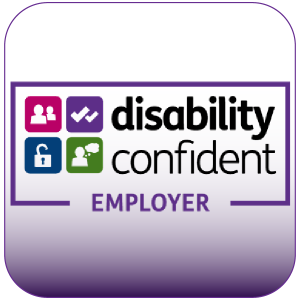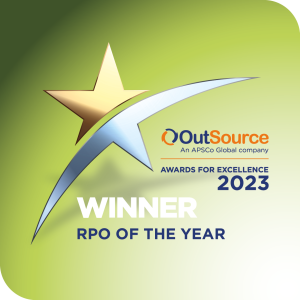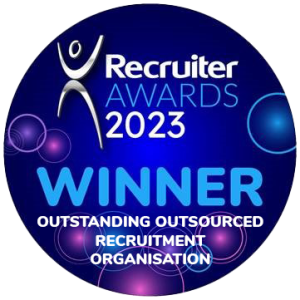It’s no secret that companies committed to diversity and inclusion (D&I) are able to secure the best talent, have the highest employee engagement and, ultimately, turn a greater profit.
Despite D&I rising to the top of the agenda for many organisations in 2021, many face challenges when it comes to implementing strategies that deliver.
Implementing a strategy that helps attract, recruit, onboard, retain and develop diverse talent requires time, intent and robust planning. Here, we look at the three key areas of focus for any organisation looking to improve its D&I performance.
Objective Analysis
It’s vital to establish areas for improvement from the outset. Consider your employer brand from a job seeker’s perspective. People want to see themselves represented in your business and, if they don’t, they could be less inclined to engage. Remember that your employer branding message extends further than a ‘Meet the Team’ page on your website and covers working practices, job design and your overall communication style.
Fair by Design – Rethink your approach
Depending on what was highlighted during the analysis stage, several areas may require attention, including:
- Role requirements. Reassessing job descriptions to focus on behaviours rather than just experience and credentials can open the door to a larger and more diverse talent pool. Review the specific behaviours that an employee would need to succeed in a role and establish how you will identify and measure these attributes, as well as what skills can be trained on the job.
- Advertising. The language you use in job adverts could be inadvertently putting off certain groups of people. If you’re concerned, free online language checkers are available to help ensure any wording is not biased towards a particular demographic. Where you advertise your roles also plays a significant role in the type of talent you will attract. Explore the job boards and channels your company usually uses to identify whether more can be added to reach new audiences.
- Policies and benefits. For some groups, such as those with care responsibilities, physical disabilities or mental health conditions, the ability to work flexibly is crucial. Providing the option for flexible working, whether that’s from home or accommodating alternative hours, will help your organisation stand out to diverse candidates.
- Technology. Software that can hide potentially influential information (photographs, names, dates of birth) has been around for some time. More modern additions include artificial intelligence and psychometric assessments that can boost diverse hires by shortlisting based on behaviours. Of course, implementing such tech requires planning and validation to ensure there’s zero bias , so it’s imperative to select the right partner and tool for your needs.
- Data. Collecting and acting on data is crucial to measure the success of any D&I strategy. A good place to start is to gain an understanding of the demographics of your target population before moving onto the practical side of hiring – applications, shortlisted candidates, first and second stage selection and offers. Finally, look at how inclusive your culture is by measuring retention, engagement and promotion. Such data will help you identify any patterns or particular areas that require attention.
- Take responsibility. It’s not enough to claim your organisation is diverse and inclusive; you need to demonstrate it. Transparent internal and external reporting on diversity strategies and processes will ensure it remains a priority and that the right people are held accountable. Sharing regular updates with employees will also help grow and nurture an internal culture reflective of inclusivity, further boosting your employer brand to diverse talent.
Engage the Right Expert
Partnering with an external talent partner can add real value to D&I strategies in several ways, including:
- Attraction, selection and retention. Working with a partner that specialises in building employer brands and designing robust selection methods will boost candidate experiences and therefore help to ideally position your organisation to attract, recruit and retain diverse talent.
- Access to diverse talent pools. External talent providers enable access to an extensive network of candidates and can draw upon relevant forums and networks that your internal talent team may not be aware of.
- Driving efficiency. External specialists can keep hiring projects on track, drive efficiencies and enable you to focus on other business-critical tasks.
- Becoming your ally. A talent specialist with a proven track record in driving D&I strategies can help you gain the buy-in and trust of all relevant stakeholders in the business.
Key Challenges in the Road Ahead…
In our guide, ‘The Talent Acquisition Odyssey: Key Challenges in the Road Ahead’, we delve into some of the main pain points and areas of focus for TA teams right now. We also explore why there is now an increased reliance on external recruitment partners and the significant value they can add to organisations looking to grow and thrive in 2021 and beyond.
Download Here




